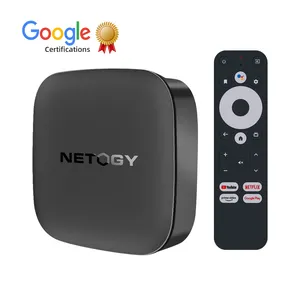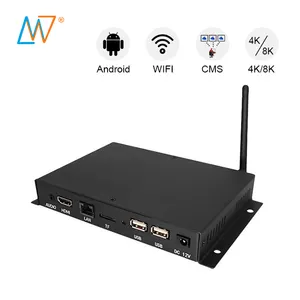Digital Set Top Box: An Overview
The digital set top box is a cornerstone in the evolution of television, transforming the way content is received and enhancing the viewing experience. This device serves as a bridge between the broadcast signals and your television, enabling access to a plethora of channels and services.
Types and Compatibility
There are various models of digital set top boxes to suit different needs, ranging from basic receivers to those compatible with the latest smart TVs. They support multiple languages and are designed to be compatible with a wide range of TV models, ensuring that users can find a device that matches their television's specifications.
Features and User Experience
Modern digital set top boxes are equipped with user-friendly interfaces, often displayed on bright LED screens. They come with features such as dual CPUs for faster processing, parental controls for regulated viewing, and WiFi capabilities for wireless connectivity. The user experience is further enhanced by the inclusion of remote controls and clear video outputs that support resolutions up to 1080p.
Applications and Versatility
The application of digital set top boxes extends beyond the home, being suitable for use in offices and various commercial settings. Their versatility is evident in their ability to adapt to different environments and user requirements, making them a practical addition to any entertainment setup.
Materials and Durability
The construction of digital set top boxes focuses on durability. Manufacturers ensure that the materials used can withstand regular use and that the devices are built to last, providing users with a reliable performance over time.
Advantages of Upgrading
Upgrading to a modern digital set top box can significantly enhance your viewing experience. With the ability to support high-definition content and smarter connectivity options, these devices represent a significant step forward from their analog predecessors.











































 浙公网安备 33010002000092号
浙公网安备 33010002000092号 浙B2-20120091-4
浙B2-20120091-4